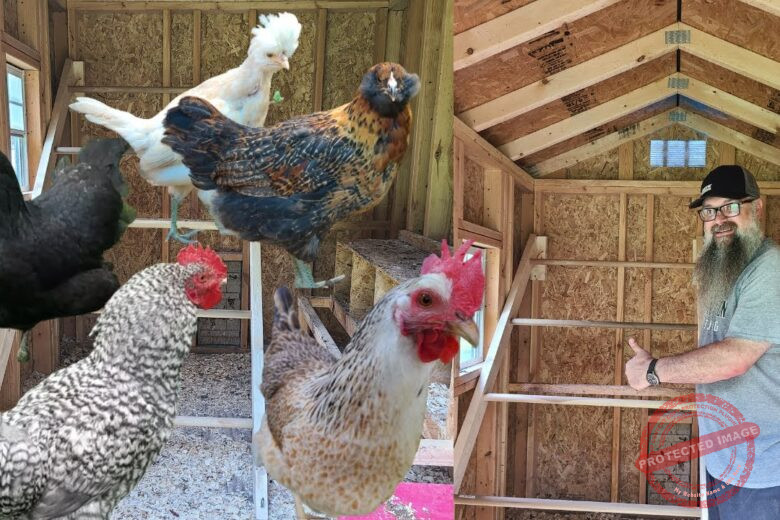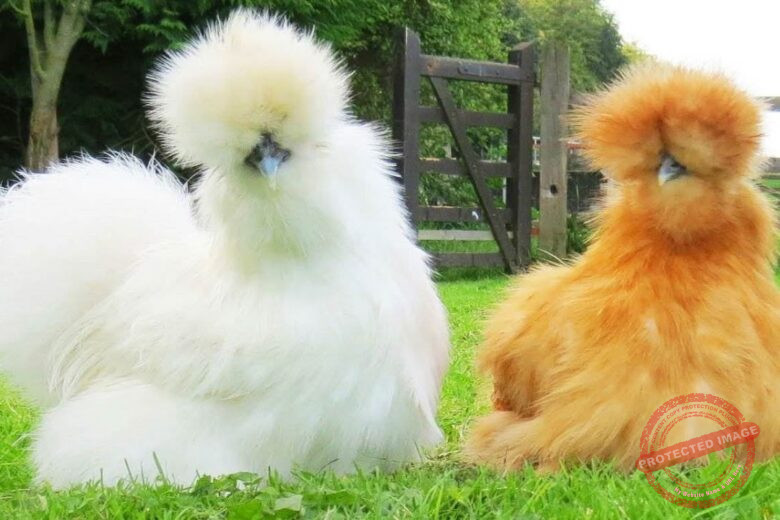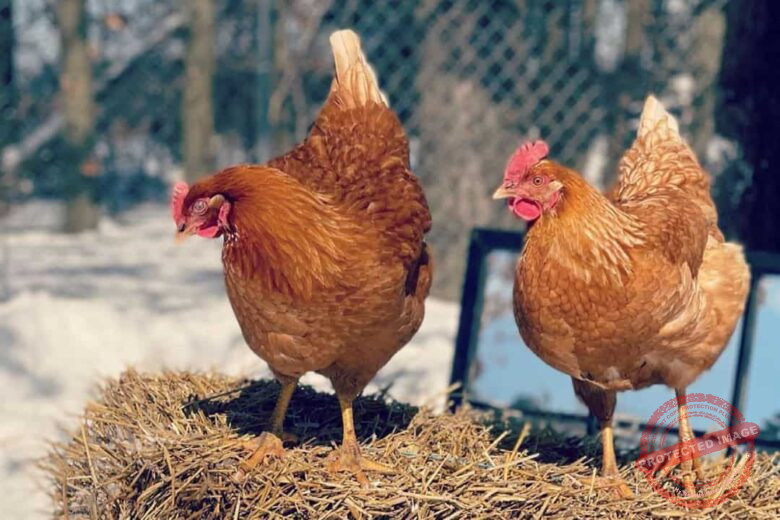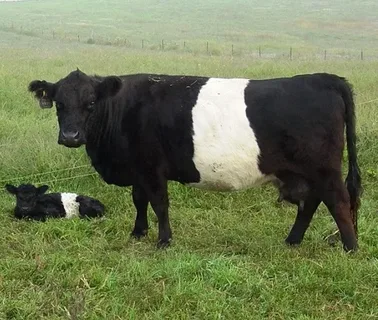There’s something truly special about cracking open a deep chocolate-colored egg early in the morning. The kind that looks so rich it could’ve come straight from a chocolate factory. If you’ve ever come across one of those beauties, chances are it came from a Black Copper Maran. These hens are more than just pretty birds — they’re hardworking layers, gentle flockmates, and a splash of French charm right in your backyard coop.
I still remember the first time I brought home a few Black Copper Maran chicks. They were tiny, curious, and full of personality. Fast forward a few months, and those fluffy little chicks turned into striking hens with shimmering black feathers tipped in copper. They quickly became my pride and joy — not just for their good looks, but for their personality and the stunning eggs they laid. If you’ve ever dreamed of adding a breed that combines beauty, productivity, and a touch of mystery to your flock, this is it.
Now, before you rush off to find Black Copper Marans for sale, let’s talk about what makes them stand out. Their eggs, their care, their temperament — everything about them deserves a little attention. Whether you’re raising chickens in the city with a small coop or on a few acres out in the countryside, this guide will walk you through everything you need to know about the Black Copper Maran.
Breed Overview: A Touch of France in Your Coop
Black Copper Marans hail from France, where they were first bred in the 1800s in the town of Marans. That’s right — their name isn’t just fancy; it’s literally where they come from. These birds were originally bred for both meat and eggs, but here in the U.S., they’ve become famous for their dark, chocolate-colored eggs. Their glossy black feathers shimmer with green and copper hues under the sunlight, making them one of the most eye-catching breeds you can raise.
They’re also hardy birds, well-suited to both warm and cold climates. Whether you’re in Texas or up in Michigan, your Black Copper Marans will handle the weather just fine with proper shelter.
Personality and Temperament
One of the first things you’ll notice about Black Copper Marans is their calm, easygoing nature. They’re not overly flighty or aggressive, which makes them great for families — even those with kids who like to hang out around the coop.
They’re curious birds, always exploring but never too bold. My roosters, especially, have always had a gentlemanly demeanor. They watch over the hens but rarely pick fights. You can easily mix them with other breeds, and they’ll find their spot in the pecking order without much drama.
Egg Color: The Famous “Chocolate Egg”
Here’s where the magic happens. The black copper marans egg isn’t your ordinary brown egg. It’s dark, rich, and sometimes looks almost painted. The exact shade depends on the hen, but true Maran eggs can range from deep chocolate brown to a lighter reddish tint.
If you ever plan to sell eggs at local farmers markets, these are the ones that will make people stop and stare. Trust me — they sell fast. Eggshell color can lighten over the laying season, so if your hens’ eggs aren’t as dark midyear, don’t panic. They’ll darken again after their next molt.
Egg Production
Black Copper Marans are good layers, giving about 180 to 220 eggs per year. That’s roughly four to five eggs per week. Not bad for a breed known more for beauty than productivity.
One thing I’ve noticed? They tend to start laying a little later than some breeds, usually around 6 to 8 months old. But the wait is worth it once you see that first dark egg sitting in the nesting box.
How to Care for Black Copper Marans
Caring for Black Copper Marans isn’t complicated, but they do appreciate a clean, dry environment. Their feathers are dense and beautiful, so you’ll want to make sure their coop has good ventilation to prevent moisture buildup.
-
Coop Space: Give each bird about 4 square feet of indoor space and at least 10 square feet in the run.
-
Bedding: Use straw, pine shavings, or hemp bedding to keep things clean and odor-free.
-
Diet: A balanced layer feed works great, but toss in treats like mealworms, leafy greens, or cracked corn for variety.
-
Dust Baths: Provide a corner with sand or dirt so they can bathe — it keeps mites and lice away naturally.
They’re strong foragers too. If you can let them roam your yard for a few hours a day, they’ll reward you with fewer feed costs and happier hens.
Cold and Heat Tolerance
One of the many reasons people in the U.S. love Black Copper Marans is because they can adapt to both cold winters and hot summers. In colder climates, just make sure they have draft-free coops and plenty of straw. Their thick plumage keeps them warm, but their combs can be prone to frostbite, so a bit of petroleum jelly on the comb during winter works wonders.
In hot states like Florida or Arizona, make sure they have shade and cool, fresh water throughout the day.
Broodiness and Raising Chicks
Black Copper Maran hens can sometimes go broody, which is great if you like to hatch your own chicks. When they do, they make excellent mothers. I’ve had hens that would sit so patiently on their eggs that even the rooster kept his distance.
If you’re planning to raise chicks, keep them warm and dry in a brooder until they’re fully feathered. Then you can slowly introduce them to the main coop.
Health and Maintenance Tips
These birds are generally healthy and hardy, but like any chicken, they benefit from regular checks. Keep an eye out for mites, worms, and other common poultry issues.
-
Clean feeders and waterers weekly.
-
Add apple cider vinegar (a tablespoon per gallon) to their water every now and then for digestive health.
-
Offer grit and oyster shell to support digestion and strong eggshells.
Black Copper Marans vs. Other Breeds
People often ask me how they compare to breeds like Rhode Island Reds or Plymouth Rocks. In my experience, Black Copper Marans aren’t as prolific in egg production, but their eggs are unmatched in beauty. They’re quieter and more docile, too — a perfect fit if you prefer calm chickens over chatterboxes.
If you want a flock with both utility and aesthetics, a mix of Marans and production breeds can balance things perfectly.
How to Find Black Copper Marans for Sale
If you’re in the U.S., you can easily find Black Copper Marans for sale at local hatcheries, farm supply stores, or reputable online breeders. Look for sellers that specify “French Black Copper Marans,” as these tend to lay darker eggs.
Before buying, ask about:
-
The parent stock (to ensure dark egg genes)
-
Hatch date (younger chicks adapt faster)
-
Vaccination details
Avoid impulse buys at unverified markets. It’s better to pay a little more for healthy, purebred chicks.
Frequently Asked Questions
1. What color eggs do Black Copper Marans lay?
They lay dark brown to chocolate-colored eggs. Some may lighten over the season, but they’ll regain color after molting.
2. Are Black Copper Marans friendly?
Yes! They’re known for being calm and gentle, making them great for mixed flocks.
3. How long do they live?
With proper care, 6–8 years on average. Some have lived longer with good nutrition and clean housing.
4. Can they tolerate cold winters in the U.S.?
Absolutely. Just protect their combs and keep their coop dry.
5. How do I make their eggs darker?
Feed quality layer feed, limit excessive treats, and select breeding stock known for dark egg genes.
Final Thoughts: A Flock Favorite
Raising Black Copper Marans has been one of the most rewarding experiences on my farm. Every morning, when I see those glossy feathers glinting in the sun and collect those dark brown eggs, it reminds me why I started keeping chickens in the first place. They’re steady layers, gentle companions, and real conversation starters.
If you’ve been looking to add a bit of color, class, and character to your coop, these birds are a solid choice. Just remember — happy hens lay the best eggs. So, what do you think? Will a few Black Copper Marans be joining your flock soon?



